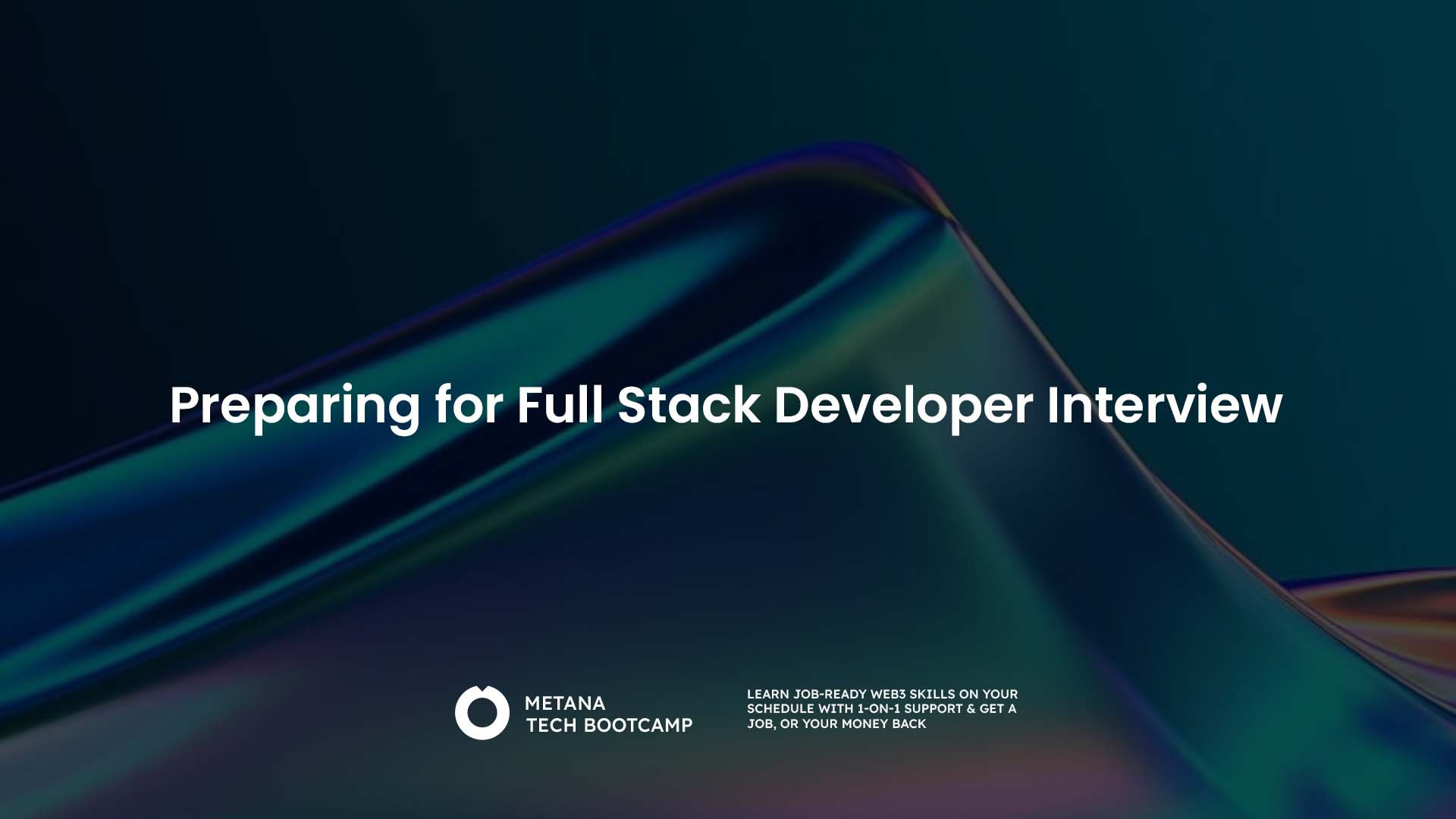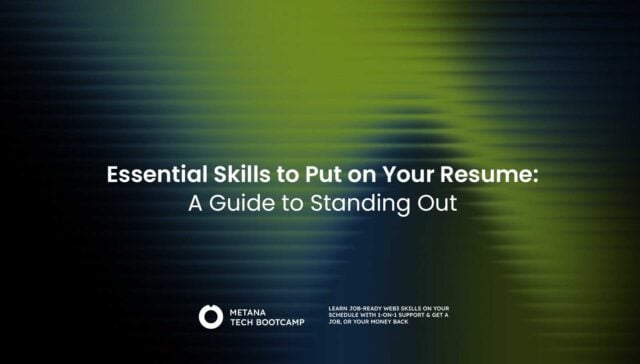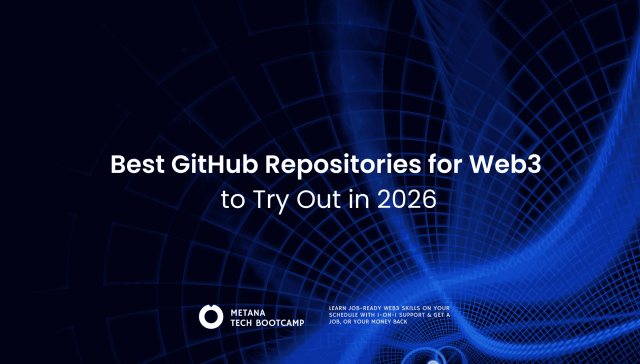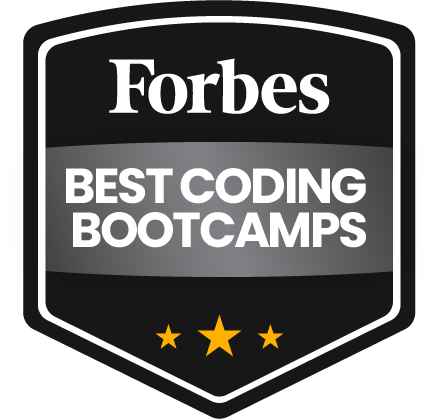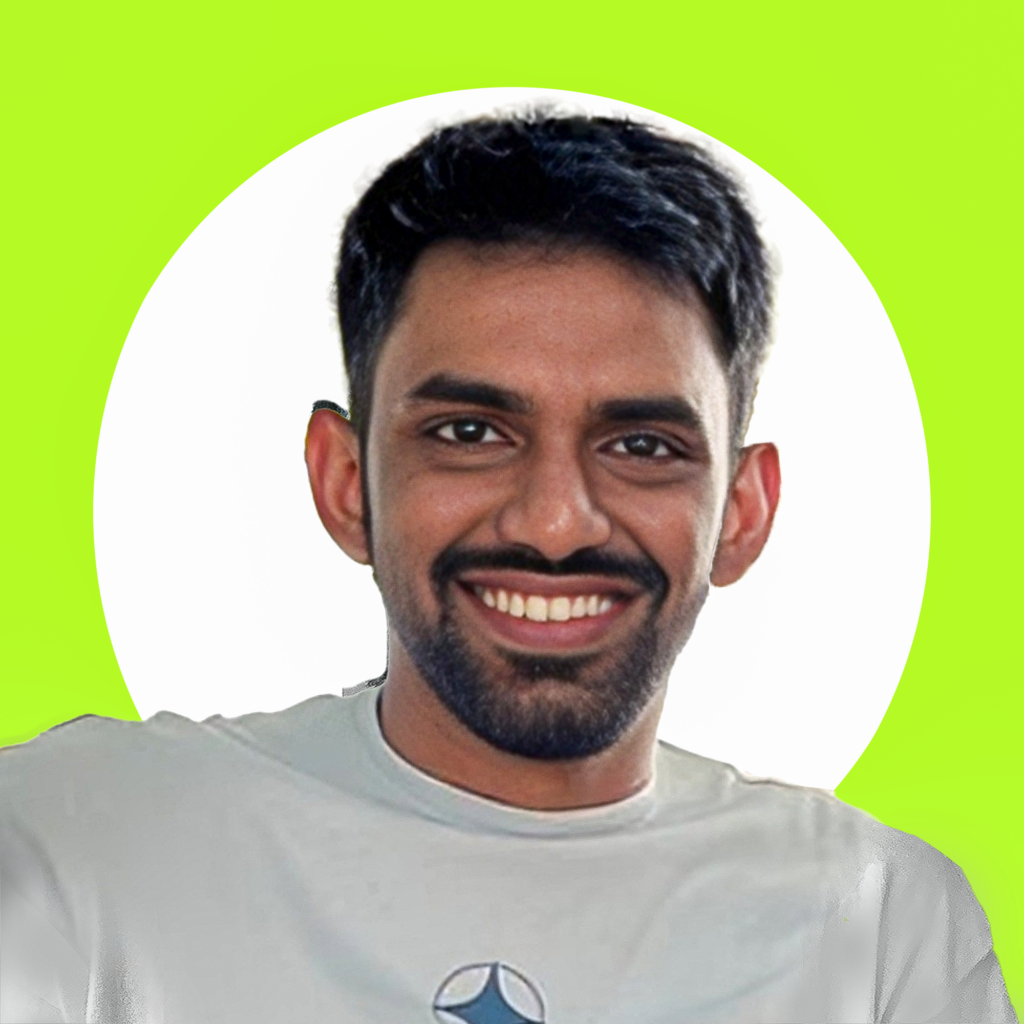If you’re preparing for full stack developer interview, you probably have a lot of questions. What should you expect? What topics should you brush up on? And, most importantly, how can you stand out from the competition?
Before diving into the interview process, let’s take a quick look at what a full-stack developer does and what kind of salary you can expect in this role.
TL;DR
- Full-stack developers work on both the frontend and backend, making them highly versatile and in demand. The average salary in the US is $91,488 (Glassdoor).
- Interview rounds typically include:
- Initial Screening – HR call to discuss experience and salary expectations.
- Technical Assessment – Coding test to evaluate problem-solving and programming skills.
- Technical Interview – In-depth questions on data structures, algorithms, databases, and system design.
- Managerial Interview – Evaluates teamwork, problem-solving, and communication skills.
- HR Interview – Final round covering salary negotiation and company policies.
- Best preparation tips:
Master JavaScript, React, Node.js, and databases.
Practice coding on LeetCode, HackerRank, and CodeSignal.
Research the company’s tech stack and culture.
Use the STAR method for behavioral questions.
Take mock interviews on Pramp and Interviewing.io. - Final Advice: Stay confident, communicate clearly, and show problem-solving skills.
What Does a Full-Stack Developer Do?
Full-stack developers are the jack-of-all-trades in web development. They work on both the frontend (the user interface) and the backend (server-side logic, databases, and APIs), ensuring that everything runs smoothly across the entire application.
Because they handle multiple layers of development, full-stack developers help streamline workflows and reduce the need for separate specialists. This versatility makes them invaluable to companies looking to build efficient, scalable applications.

Salary Expectations
Since full-stack developers bring a broad skill set to the table, they tend to earn competitive salaries. According to Glassdoor, the average annual salary for a full-stack developer in the US is $91,488. However, this number varies depending on your experience level, location, and the company itself. Bonuses and profit-sharing can also bump up your total earnings.
What Happens in a Full-Stack Developer Interview?
A full-stack developer interview usually happens in multiple rounds, each designed to test different aspects of your skills and experience. Below is a breakdown of each round, along with common questions and tips to help you prepare.
1 – Initial Screening (The First Call)
The first interview is usually a quick chat with an HR representative or recruiter. They’ll want to know about your background, experience, and salary expectations. This is also your chance to ask questions about the role and company culture.
📌 Common Question: “Can you tell me about yourself and your experience as a full-stack developer?”
How to Answer:
“I’ve been working as a full-stack developer for X years, specializing in technologies like JavaScript, React, Node.js, and MongoDB. I’ve built and optimized scalable web applications that improved performance by 30% in my last role. I enjoy writing clean, maintainable code and solving complex technical challenges.”
📝 Pro Tip:
Keep your answer short and structured—highlight your skills, experience, and achievements in a way that keeps the conversation flowing.
2 – The Technical Challenge (Coding Test/Online Assessment)
Here’s where things get a little tougher. Many companies will ask you to complete a coding test or take-home project to evaluate your problem-solving abilities. These tests may include algorithm challenges, debugging tasks, or even building a small web application.
📌 Common Question: “How do you optimize a web application’s performance?”
How to Answer:
“There are multiple ways to optimize performance. On the frontend, I reduce HTTP requests, use lazy loading, and compress images. On the backend, I optimize database queries, implement caching, and use load balancing techniques. Tools like Google Lighthouse and New Relic help identify bottlenecks for further optimization.”
📝 Pro Tip:
Practice on coding platforms like LeetCode, HackerRank, and CodeSignal to sharpen your problem-solving speed.
3 – The Deep Dive (Technical Interview)
This round is usually with an engineering lead or senior developer, and it’s all about assessing your core technical skills. Expect questions about data structures, algorithms, system design, and backend logic.
📌 Common Question: “What’s the difference between SQL and NoSQL databases?”
How to Answer:
*”SQL databases, like MySQL and PostgreSQL, store structured data in tables and follow ACID principles, making them great for transactional applications.
NoSQL databases, such as MongoDB and Cassandra, use a flexible schema and scale horizontally, which is ideal for handling large, unstructured datasets.
The choice between them depends on the project—SQL works well for structured, relational data, while NoSQL is better for high-speed, large-scale applications.”*
📝 Pro Tip:
Before your interview, research the company’s tech stack so you can tailor your answers based on what they actually use.
4 – The Culture Fit (Managerial Interview)
At this stage, the focus shifts from technical skills to teamwork, problem-solving, and communication. The hiring manager wants to see if you’ll be a good fit for their team and company culture.
📌 Common Question: “Can you describe a time when you had to resolve a conflict in a development team?”
How to Answer:
“In a past project, there was a disagreement between the frontend and backend teams regarding API response formats. I initiated a meeting where we documented API contracts using Swagger. By ensuring both teams agreed on data structures, we avoided miscommunication and improved collaboration.”
📝 Pro Tip:
Use the STAR method (Situation, Task, Action, Result) to structure your response and keep it concise.
5 – HR Interview (Final Discussion & Offer Negotiation)
The last round is usually with the HR team, and it covers salary expectations, benefits, and company policies. They might also discuss your long-term career goals.
📌 Common Question: “Where do you see yourself in five years?”
How to Answer:
“I see myself taking on more leadership responsibilities, mentoring junior developers, and contributing to technical decision-making. I also want to deepen my expertise in cloud computing and DevOps while helping build scalable, high-performance applications.”
📝 Pro Tip:
Be realistic yet ambitious—align your answer with the company’s growth opportunities.
Final Tips for Interview Success
- Master Your Tech Stack – Refresh your knowledge of JavaScript, React, Node.js, SQL, and system design.
- Practice Coding Problems – Solve challenges on LeetCode, HackerRank, and CodeSignal to improve problem-solving skills.
- Understand the Company’s Tech – Research their frameworks, databases, and tools so you can discuss them confidently.
- Prepare for Behavioral Questions – Use the STAR method to structure responses clearly.
- Mock Interviews – Practice with friends, mentors, or mock interview platforms like Pramp and Interviewing.io.
Preparing for a full-stack developer interview can be a challenging but rewarding process. By understanding what each round entails and practicing relevant questions, you’ll boost your confidence and increase your chances of landing the job.
Best of luck with your interview—go crush it!




